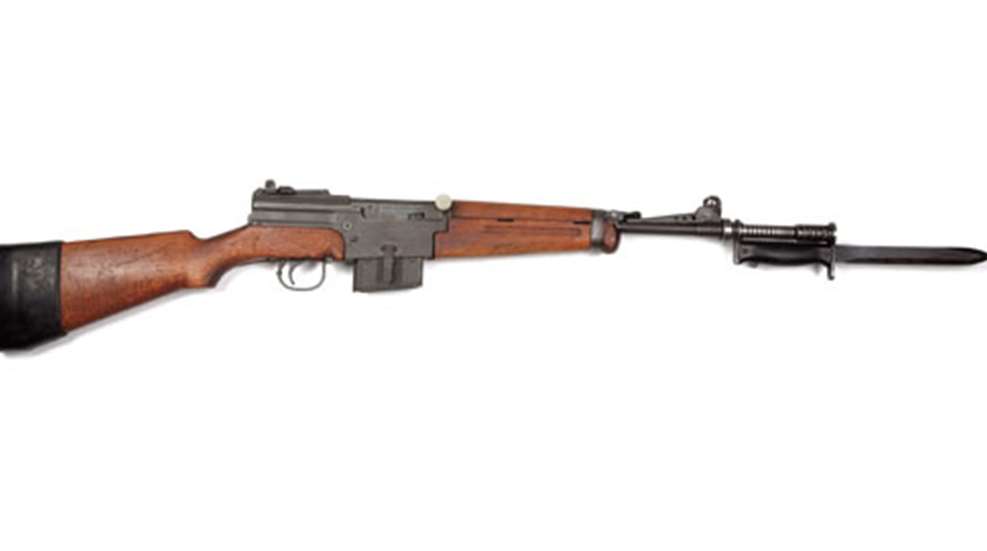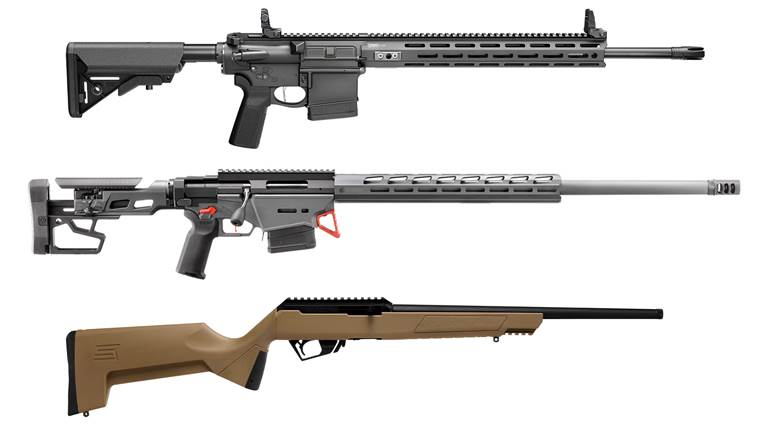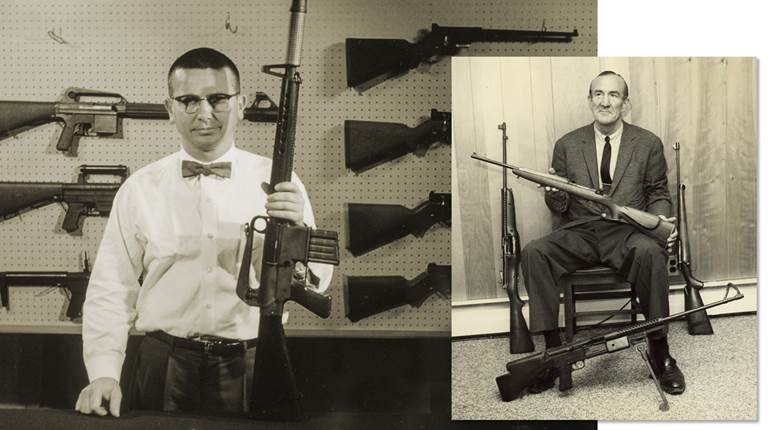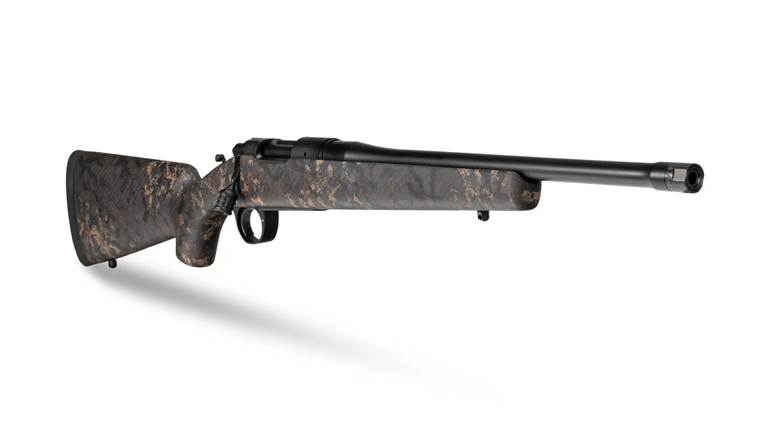
Developed by the state-owned manufacturing company Manufacture d’Armes de Saint-Étienne (MAS), the MAS 49/56 in 7.5x54 mm (French) was accepted by the Armee de Terre, or French Army, as a standard-issue semi-automatic-only rifle on May 24, 1956, and soon thereafter served as the primary infantry arm until the acceptance of the 5.56x45 mm NATO FAMAS F1 in 1979.
The precursor to the MAS 49/56 was the MAS 49, which was essentially the culmination of a decades-long search for a suitable infantry rifle. Incorporated was the Rossignol direct-gas-impingement system first seen in the prototype French ENT B1 fusil automatique, or “automatic rifle,” in 1901, resurrected in the 1920s, used in the Swedish Ljungman, or Ag m/42, and later found in Eugene Stoner’s AR-15. Also featured was a rear-locking, tilting bolt first seen in the MAS 1928. MAS continued to design a number of relatively short-lived semi-automatic rifles from the 1920s through the ’40s, and the French Army approved the MAS 49 for standard-issue on July 12, 1949.
According to Jean Huon in “Proud Promise, French Autoloading Rifles 1898-1979,” only 20,600 MAS 49 rifles were produced before the French government recognized that modern design changes were needed. Part of the French battle strategy at the time called for the use of rifle grenades, and the MAS 49 was incompatible with the new NATO-standard 22 mm finned projectiles. Hence the MAS 49/56, which was fundamentally the same rifle as the MAS 49, but had a number of modifications. Changes were made to the sights, fore-end and receiver. The gas tube was lengthened, and upward rotation of the new gas cut-off lever, which was hinged to the gas port bushing, allowed the launching of both direct-fire anti-tank and indirect-fire anti-personnel grenades. The fore-end was shortened, and cannelures and a ring spigot regulated the grenade tube’s position on the barrel. Rubber stock extension pads were also available for shoulder or armpit padding during grenade launching.
The French Army was uniformly equipped with the MAS 49/56 by the mid-1960s and production numbers reached approximately 275,240. Many surplus rifles were exported after the adoption of the FAMAS F1. Century Int’l Arms imported a number of the rifles into the U.S. in the mid-1990s and converted about half into 7.62x51 mm NATO/.308 Win., with the remaining rifles left in 7.5x54 mm (French).
Initial disassembly of the MAS 49 and MAS 49/56 is the same and is described below. Further steps require a special tool, as the French military preferred to dissuade its soldiers from completely disassembling their rifles.
Disassembly
Depress the right-side catch on the magazine (64) to remove the magazine. Pull the cocking handle (20) to the rear and visually inspect the chamber to ensure the chamber is empty, and then release the bolt (2). Leave the hammer (56) cocked and lower the safety (82).
Depress the bolt cover latch (6) found on the back of the receiver (79), and push the bolt cover (5) forward. Raise the rear of the bolt cover to remove it, and be aware of rearward recoil spring (80) tension.
Withdraw the recoil spring. Pull the cocking handle/bolt/bolt carrier (3) assembly to the rear and pull up to withdraw the assembly. Separate the bolt from the bolt carrier. Remove the firing pin (26). Reassembly is in reverse order.





































